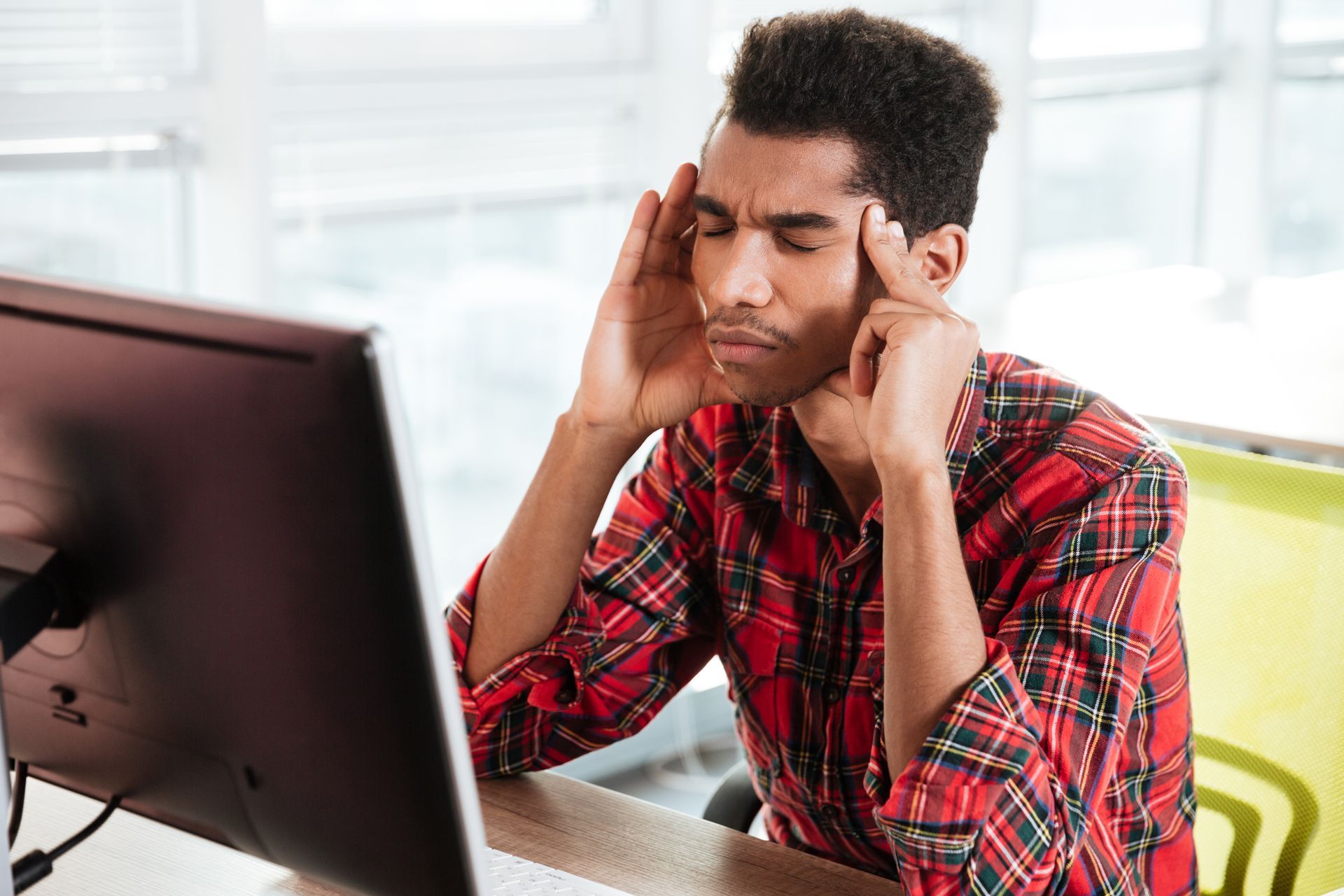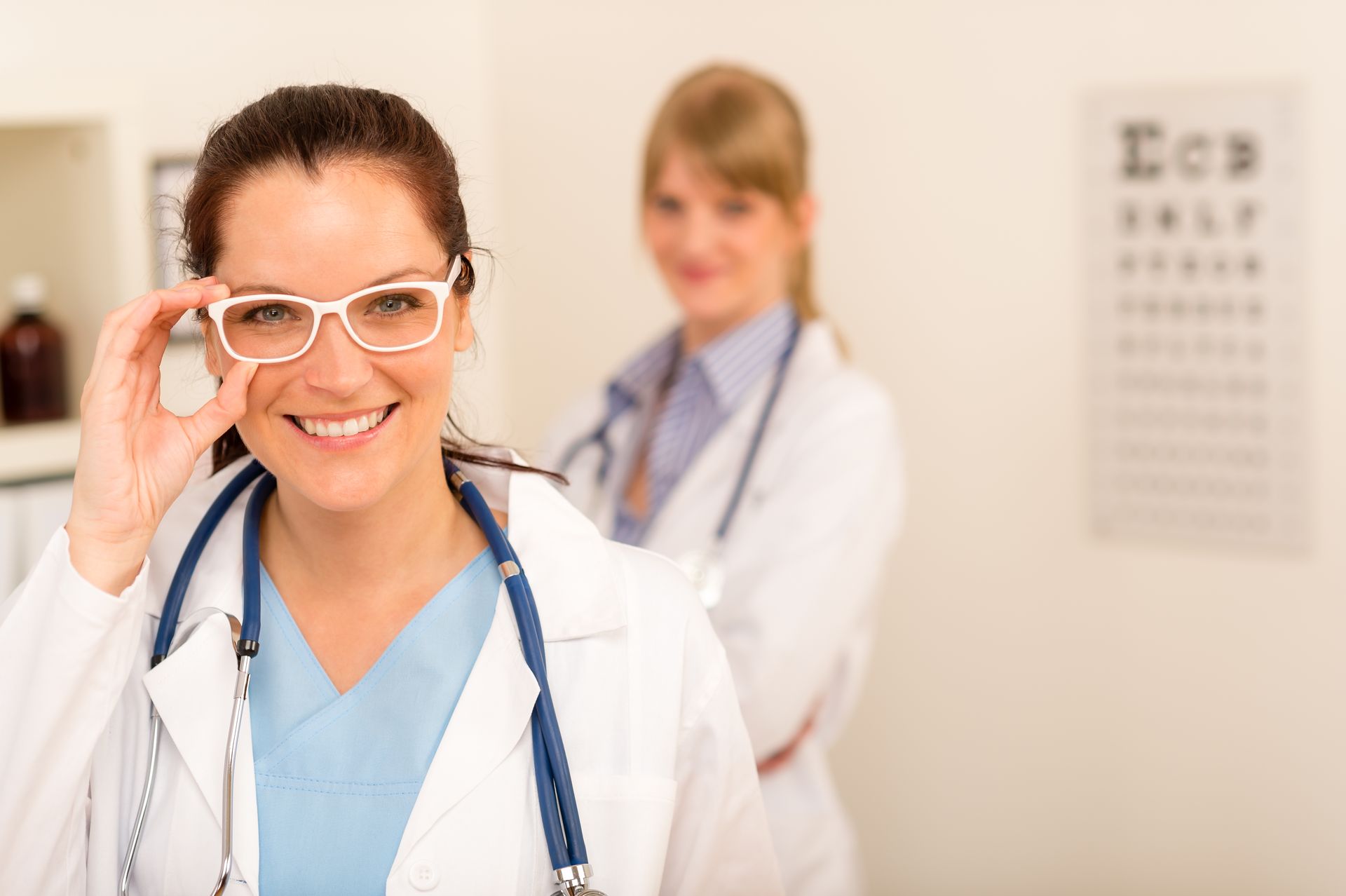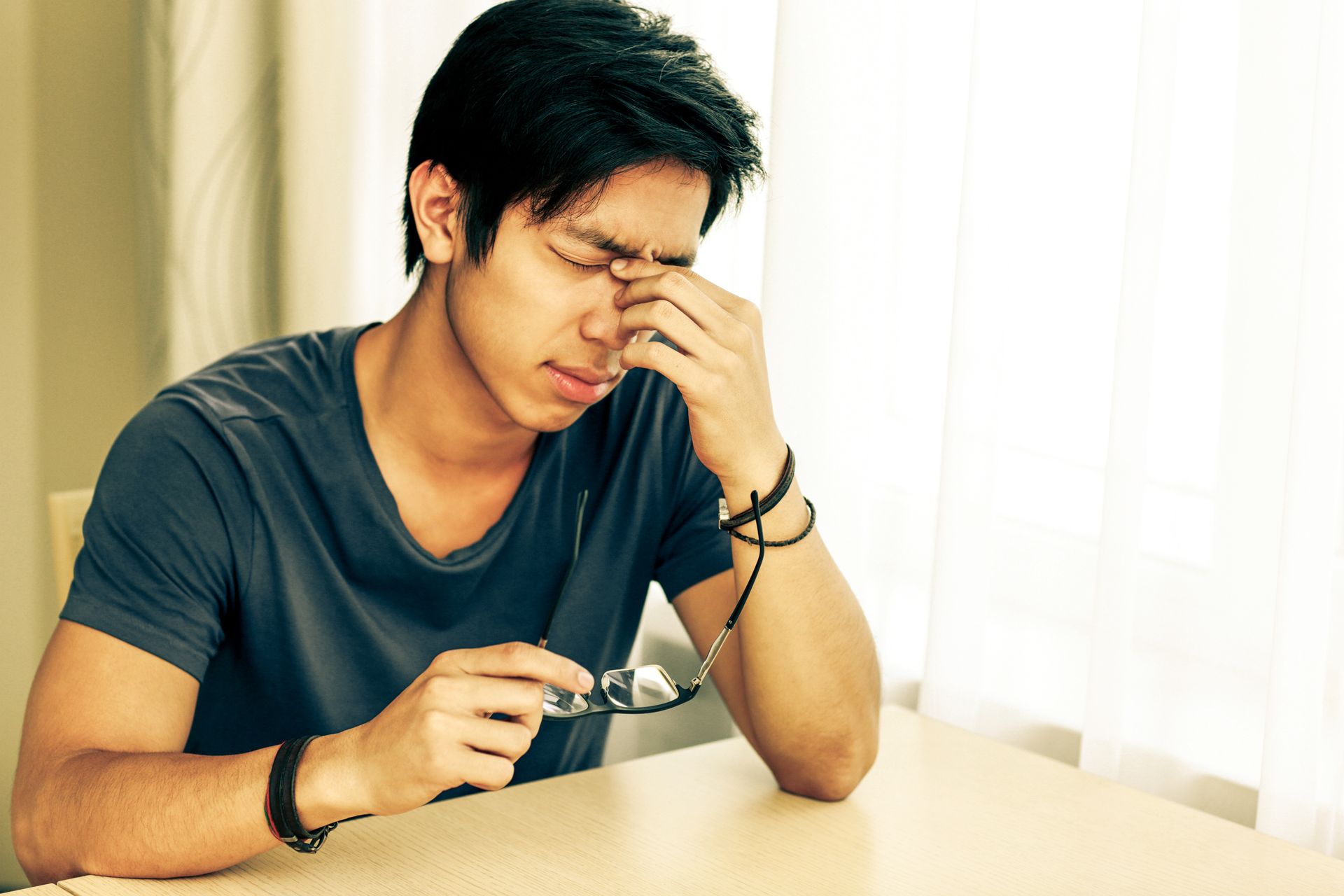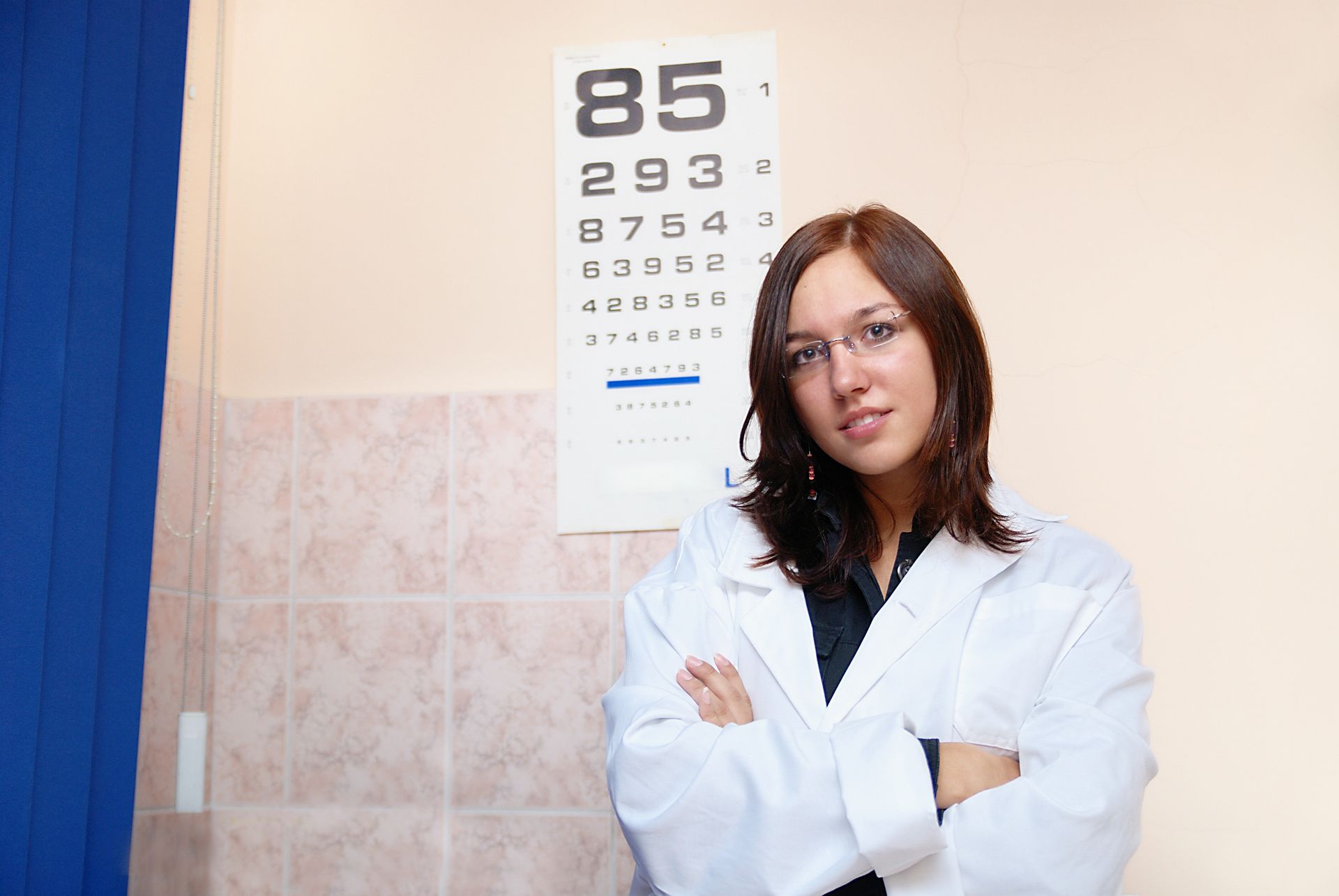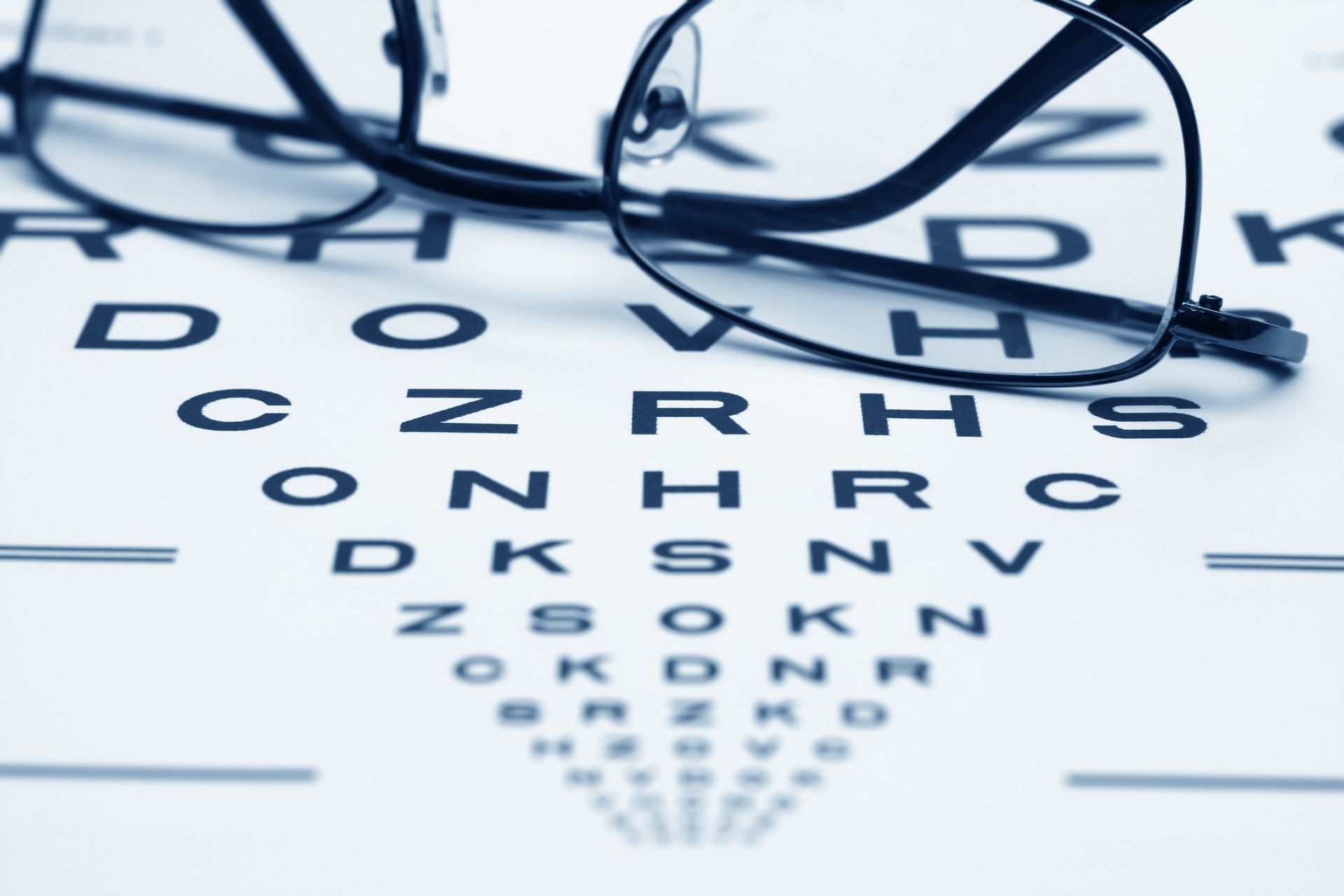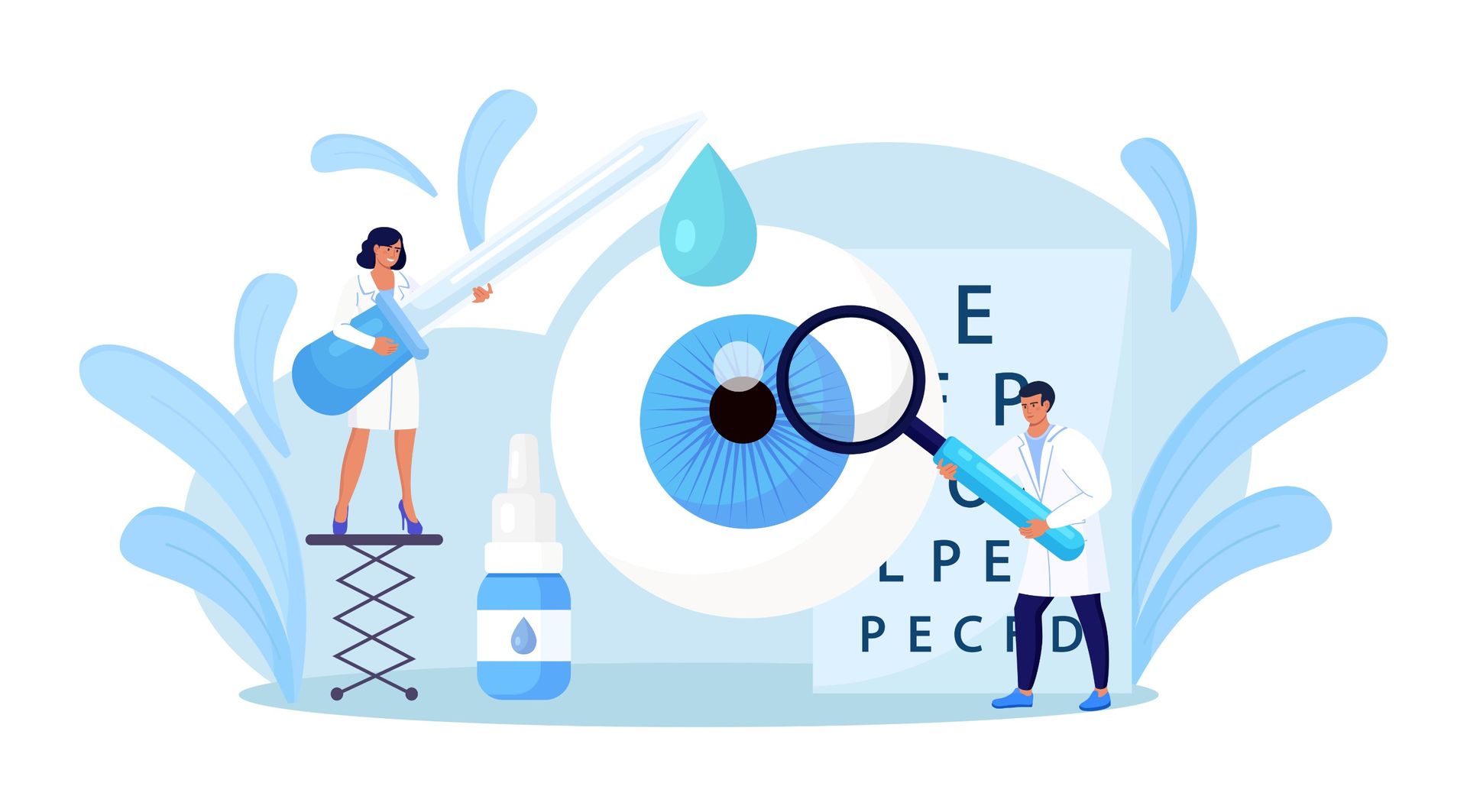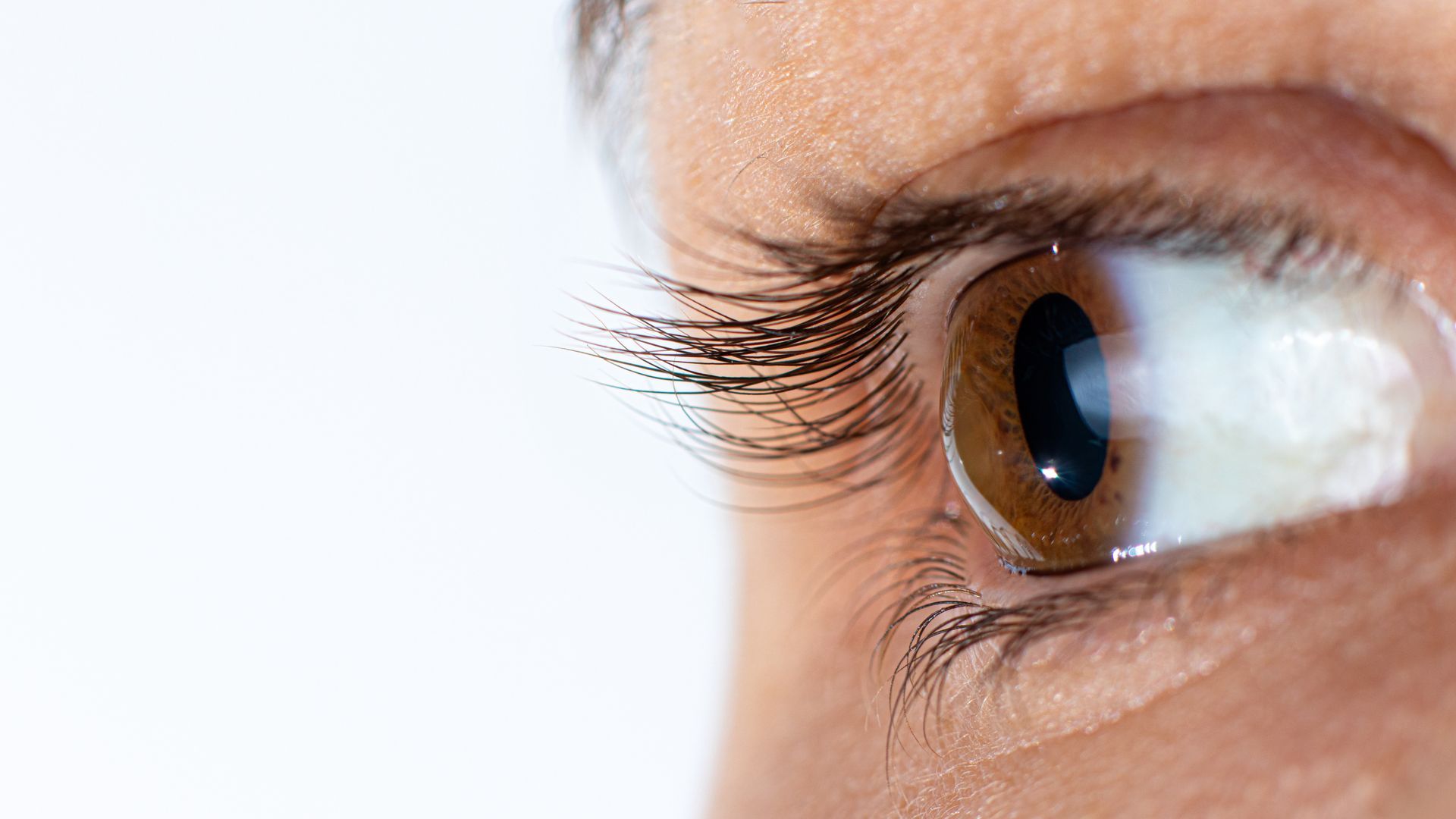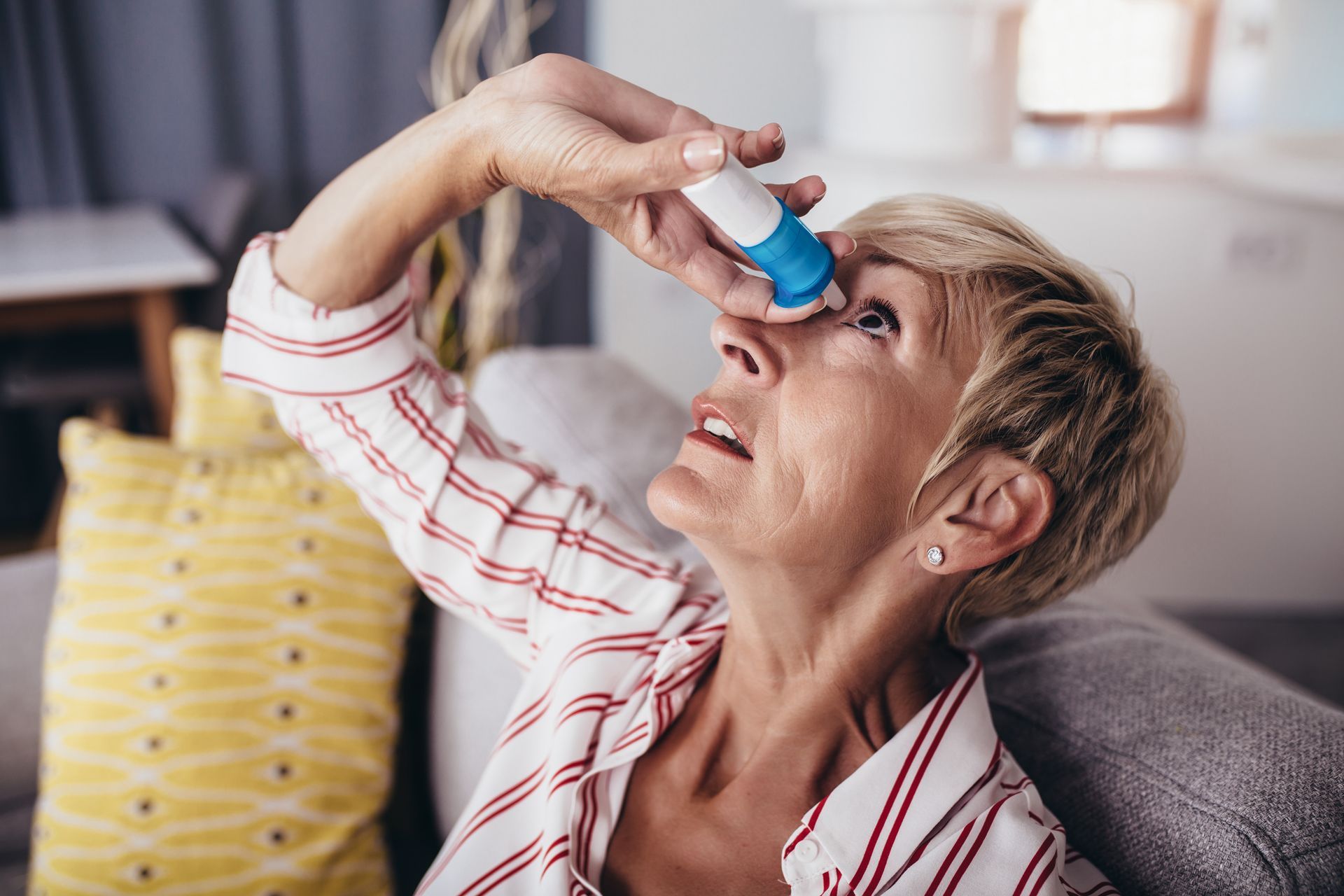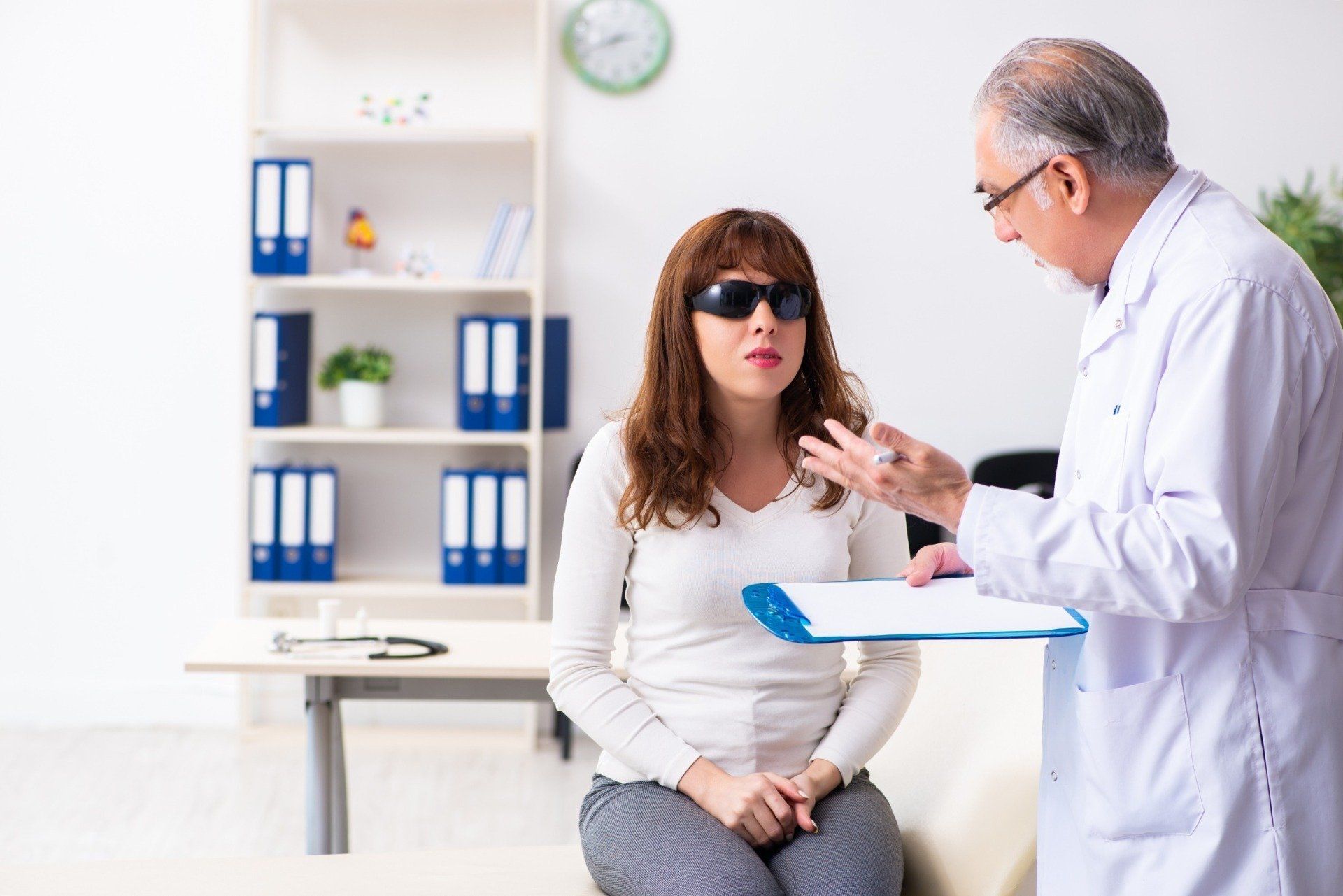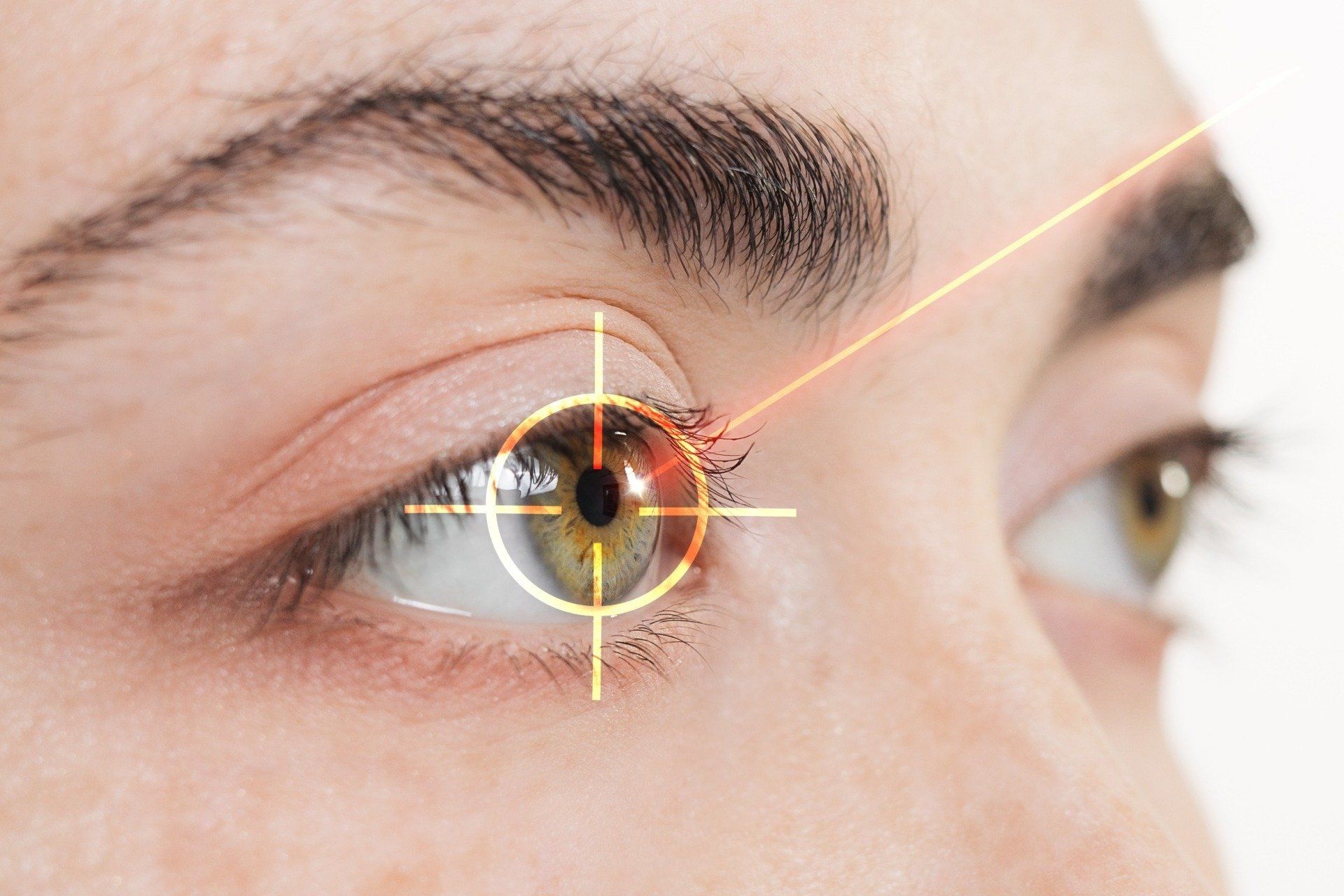What Causes Dry Eyes?
One of the most overlooked components of eye care is tear health – they receive a bad rep because no one likes crying, but they actually do a lot of good for your eye. In fact, your eyes produce a thin layer of tear film across the corneal surface every single time you blink an eye.
Tears are produced by several different glands located above your eye and are generally made of four different layers:
- Oil Layer - also known as the lipid layer and produced by the meibomian glands, the oil layer smoothens the eye's surface and ensures tears don’t evaporate too quickly.
- Water Layer - also known as the aqueous layer and produced by the lacrimal glands, the water layer cleans, wets, and nourishes eye tissue.
- Mucus Layer - also known as the mucin layer and produced in the conjunctiva, the mucus layer is what helps the tears stick to the surface of the eye.
- Protein Layer - tears are also made up of different proteins and antibodies, such as lysozyme, lactoferrin, lipocalin, and IgA. They also contain electrolytes.
Natural tears serve a primary purpose in eye health by cleaning, moisturizing, and smoothing the cornea – the front surface of the eye. Not only does this allow light to be focused (refracted) onto the retina properly, but it protects the eye from outside invaders (dust, dirt, hair, etc.).
What is Dry Eye Disease?
Although it’s normal for eyes to become dry from time to time – let’s be honest, we’ve all needed to use eye drops at least once in our life – some people suffer from a condition called dry eye disease. It affects nearly 16 million Americans every year, but those numbers might be higher.
Dry eye disease is a chronic eye condition that occurs when the eyes aren’t receiving enough lubrication from the tears they produce. Most cases of dry eye disease are caused by a lack of tear production, a lack of tear quality, or an increase in tear evaporation – more on that later.
Dry eyes might be a treatable and manageable condition, but it can truly have a negative impact on an individual’s ability to live a happy, healthy, rewarding, and peaceful life. The good news is there are a number of quality treatment options available and it usually won’t require surgery.
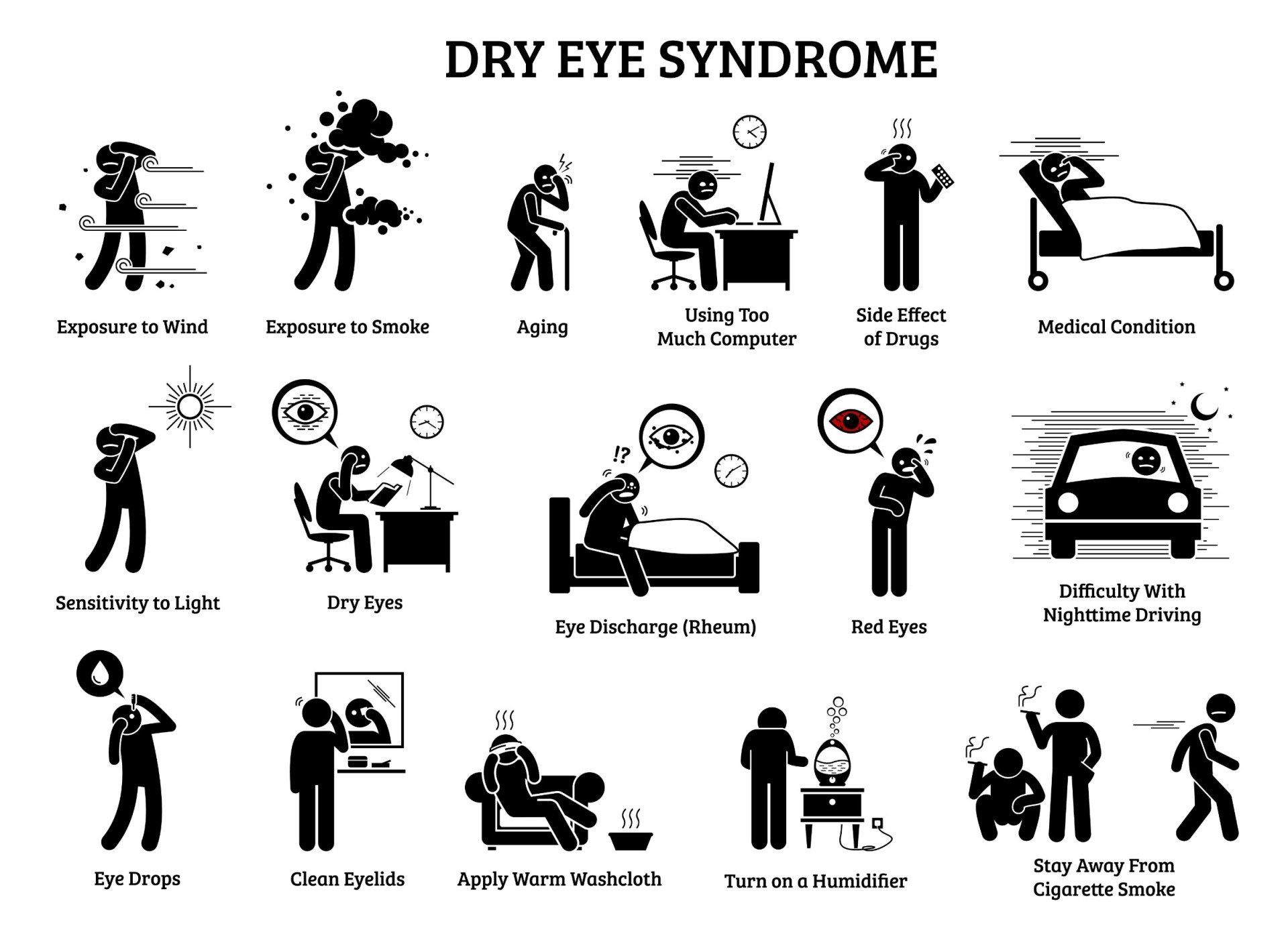
Common Causes of Dry Eyes
There are a variety of different reasons why someone might develop dry eye disease. For example, it can be caused by hormonal changes, allergies, inflammation in the eyelid glands, autoimmune disease, damage to the lacrimal or meibomian glands, and/or tear dysfunction.
For most people, dry eyes are caused by one of two things – a lack of tear production and/or an increase in tear evaporation. If the eyes aren’t producing enough tears or if the tears are evaporating too quickly, they will become dry. Let’s take a closer look at each cause below!
Reduced Tear Production
Also known as keratoconjunctivitis sicca, this occurs when the tear glands aren’t producing enough water (aqueous fluid). Some of the most common causes of reduced tear production include:
- The natural aging process
- Corneal nerve desensitivity (caused by wearing contact lenses)
- Nerve damage (caused by laser eye surgery)
- Medications (antihistamines, HRT, antidepressants, etc.)
- Medical conditions (Sjogren’s syndrome, allergies, etc.)
Not only that, but dry eye disease can be caused by a lack of QUALITY tears – meaning the tears don’t have enough mucus, proteins, or antibodies to effectively clean and protect the eye.
Increased Tear Evaporation
Like we discussed in the opening, the oil layer helps prevent tears from evaporating too quickly. A lack of oil means an increase in tear evaporation. Let’s take a look at some of the causes:
- Dysfunction of the meibomian glands (posterior blepharitis)
- Ectropion, or when the eyelids start to turn outward
- Entropion, or when the eyelids start to turn inward
- Eye allergies, excessive wind, smoke, or dry air
- Vitamin A deficiency
- An inability to blink or simply not blinking enough
When tears evaporate too quickly, they don’t have enough time to work their magic. Those that have rosacea or other skin disorders are at an increased risk of blocked meibomian glands.

What Do Dry Eyes Feel Like?
Dry eyes can be irritating, annoying, and agitating – sometimes even painful. It might feel like you have something in your eyes. Let’s take a look at some common symptoms of dry eyes:
- A gritty, scratchy feeling in the eye
- A stinging or burning sensation in the eye
- Red eyes or excess water in the eyes (reflex tears)
- Distorted or blurred vision
- Sensitivity to light
- Stringy mucus in or around the eyes
- Having a hard time driving at night
- Difficulty wearing contact lenses
Left untreated, dry eye disease will continue to grow worse and continue to have a negative impact on the individual’s quality of life. Don’t worry, dry eye treatment can provide relief.
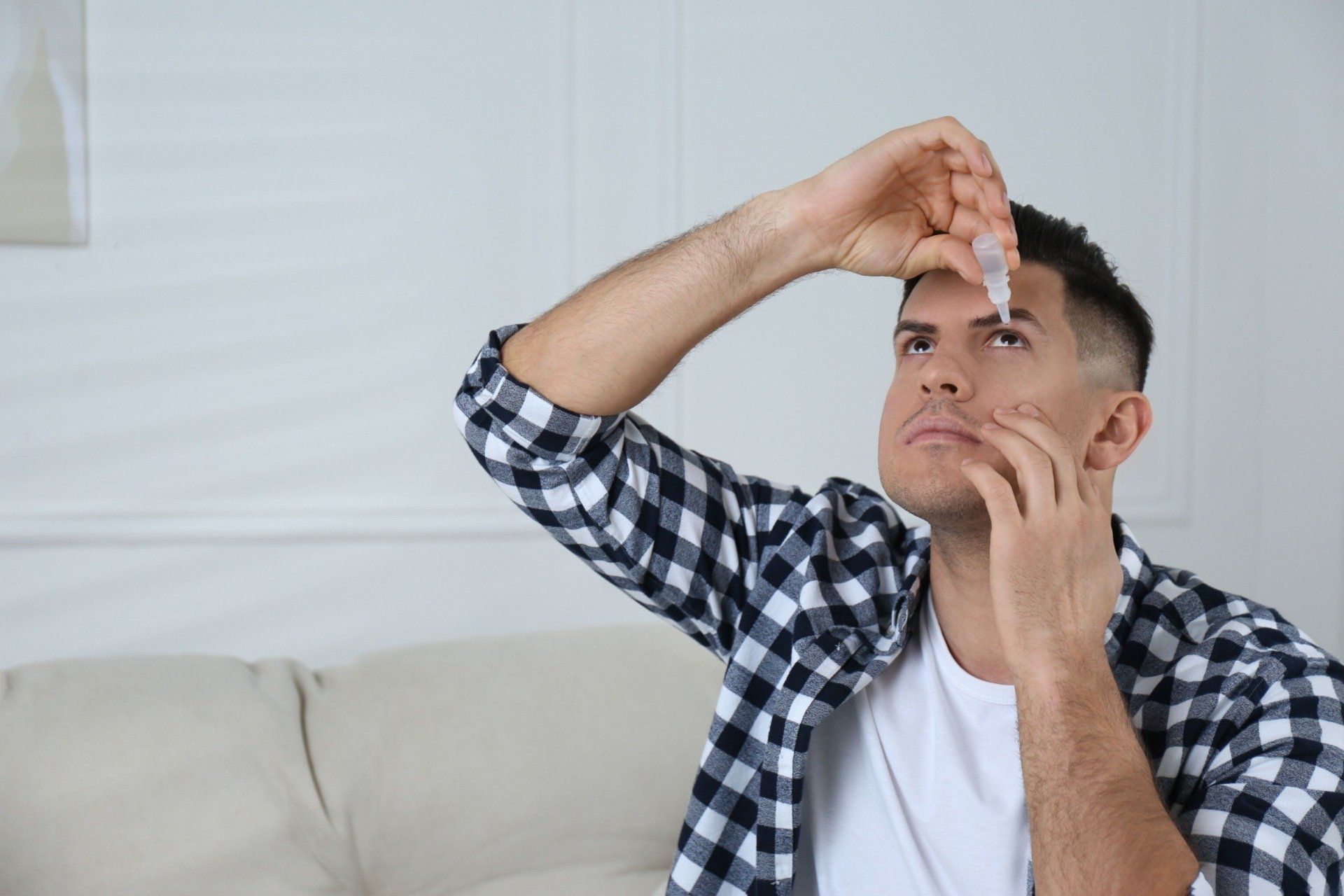
How to Fix Dry Eyes
If you’re wondering what helps with dry eyes, try placing a couple drops of artificial tears (eye drops) into your eye to provide lubrication. For chronic dry eyes, treatment might include:
- Prescription eye drops, such as cyclosporine (Restasis) or lifitegrast (Xiidra)
- Placing punctal plugs in your tear ducts to reduce evaporation (short-term or long-term)
- Surgery to help fix eyelid dysfunction or defects
- Lifestyle changes, such as sleeping and eating habits, quitting smoking, etc.)
- Thermal pulsation to improve gland function and oil secretion
To prevent dry eyes, make sure you wear sunglasses outside, avoid blowing air in your eyes, consider quitting smoking, use eyedrops regularly, and take eye breaks during long tasks.
Contact Holly Springs Eye & Laser Today!
Are you experiencing symptoms of dry eye disease? Are you worried that your dry eyes aren’t temporary or aren’t going away anytime soon? Are you not having any luck with the regular use of artificial tears? If you answered ‘yes’ to any of these questions, then we want to help you!
At Holly Springs Eye & Laser, we take pride in serving the Holly Springs community with quality eye care services – including dry eye treatment. Contact us today at 919-689-8920 or email us at hello@hollyspringseyeandlaser.com to schedule an appointment with your friendly eye doctor.

